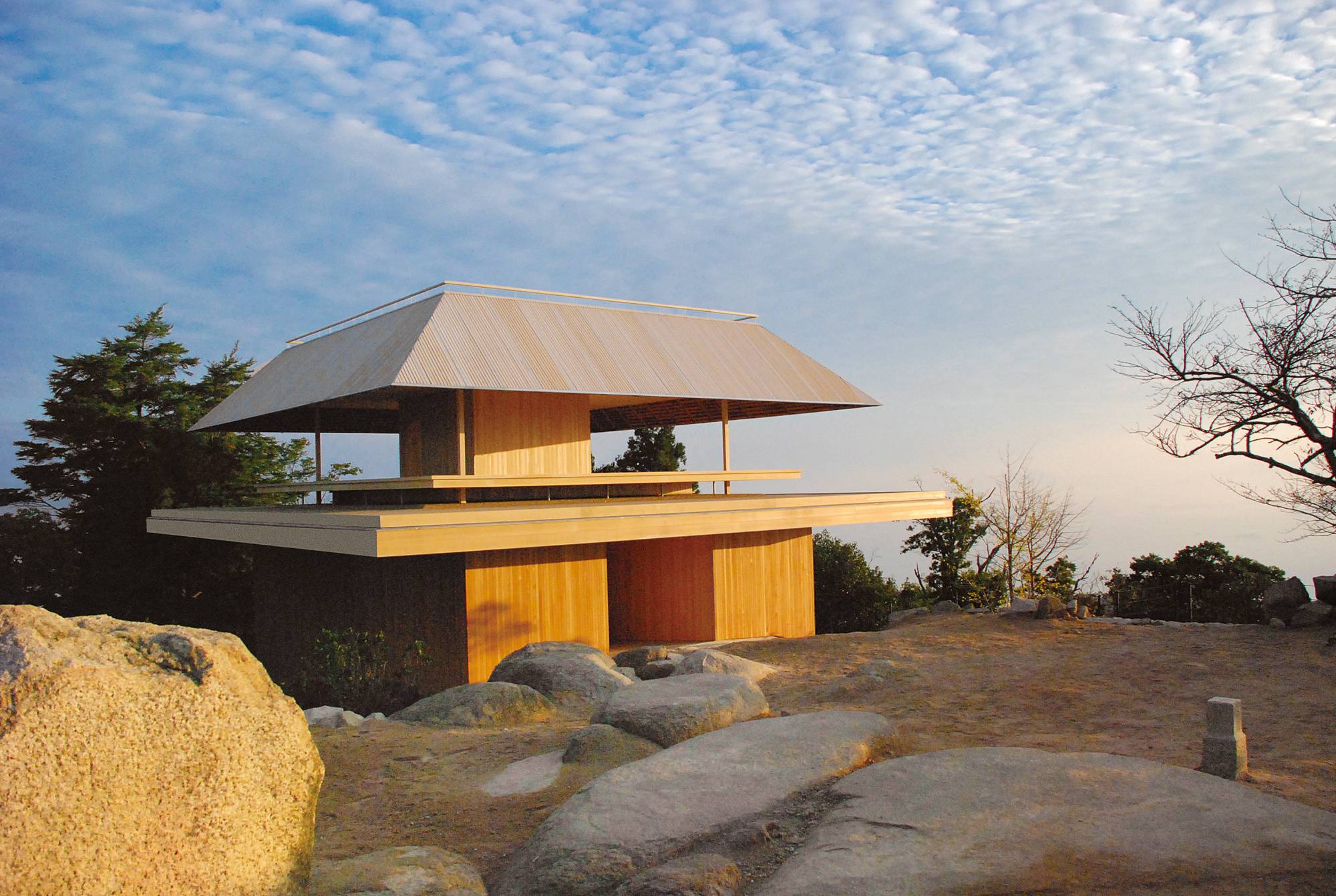Buildings can be uncanny things. Though given shape by inert materials — concrete, glass, steel, wood — they are much more than the sum of their parts. They have an identity. They are endowed with a past and a personality. In the best of them, one can sense a pulsing vitality, perhaps even a presence akin to a soul.
But buildings are also products of their times. Take the Yoyogi National Gymnasium, for instance. Conceived by Kenzo Tange, one of Japan’s best-known and most celebrated modern architects, the stadium went up in the early 1960s, a time when the country’s economy was booming, its population was still young and the future looked bright. Although Tange’s design was modest by the standards of postwar Japanese architecture, there was no mistaking the vision it aimed to convey: the waves of a low-lying roof gently rising; the spire on top of its nearby annex soaring to greater heights. These were forms that symbolized the discreet pride of a resurgent nation.

















With your current subscription plan you can comment on stories. However, before writing your first comment, please create a display name in the Profile section of your subscriber account page.